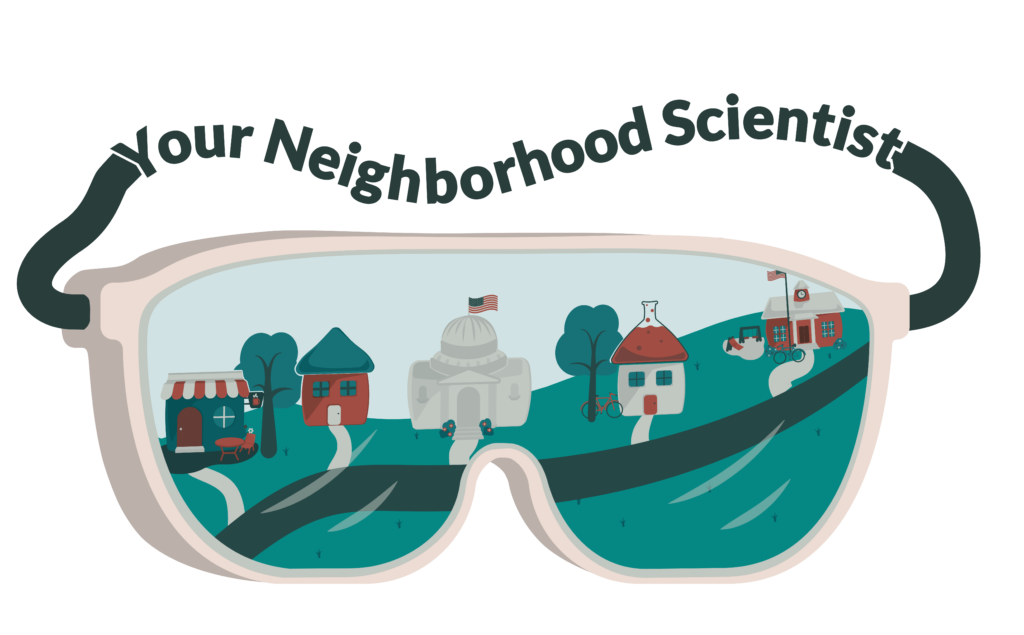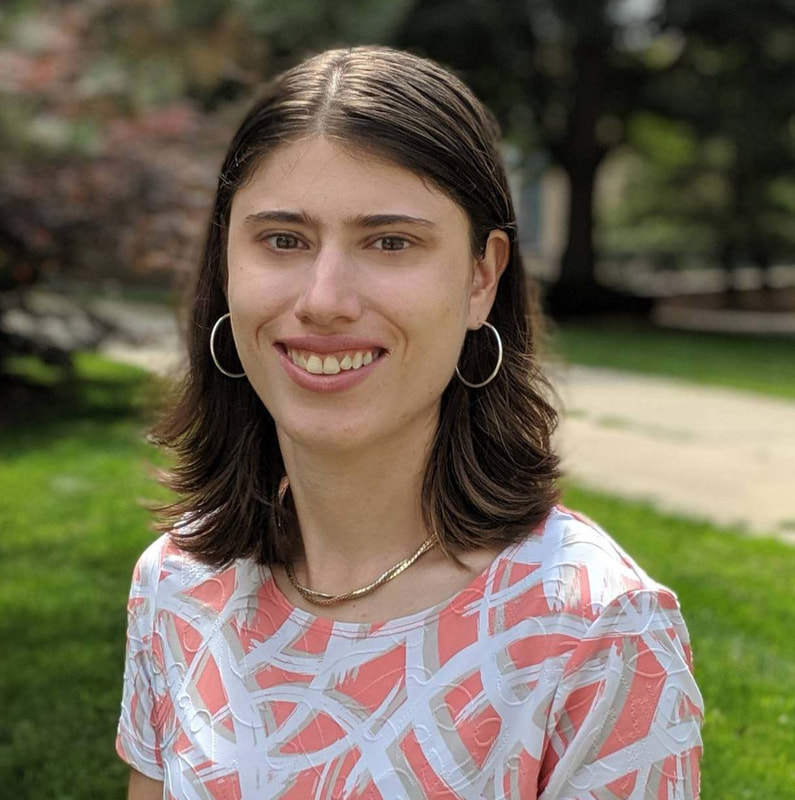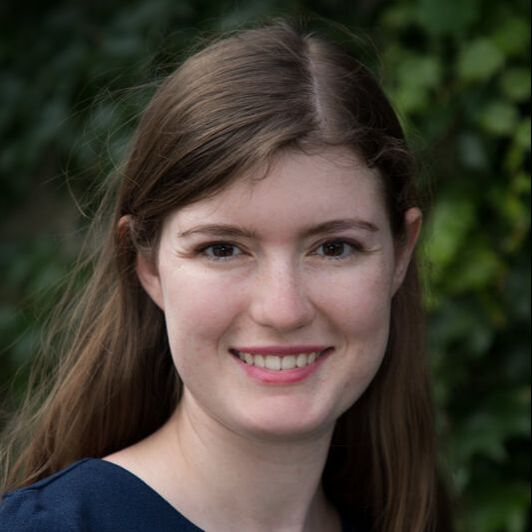It’s been a scary few months for science. If you’re anything like me, you’ve alternated between doom-scrolling, calling your representatives, and trying to keep experiments going, all while wondering if your lab will still be funded in a year. I read a new headline every day: NIH indirect cuts that will decimate research funds, pauses on grant panel meetings, the banning of specific words in research, and new appointees of the highest positions in public health and science promoting conspiracy theories.
These changes are shocking to me, as they seem designed to dismantle the current U.S. science infrastructure, ultimately preventing life-saving and world-changing research from being performed as it has in the U.S. for over a hundred years. Even more surprising is that U.S. voters support many of these policies, and NIH funding cuts have been celebrated by many who feel basic science research isn’t applicable in their lives and is a waste of taxpayer dollars.
This new attitude towards science represents a large historic shift, as cheering on advances in science (and the U.S. dominance in the science and technology industry) used to be a patriotic unifier among American citizens. It wasn’t just rocket scientists and engineers who celebrated in 1969 when Neil Armstrong took his first steps on the moon; it was the entire population of the U.S.. Glued to their television screens, they were cheering on advancement for the sake of pushing the boundaries of what humans are capable of. Similarly, when the polio vaccine rolled out in 1955, parents rushed their children to the nearest hospital and pediatricians’ office to receive the shot. In turn, the vaccine was able to save the lives of countless children–and continues to do so now, seventy years later.
So what’s changed? I believe a huge driver in this shift is how we perceive the scientists in our communities–-or maybe even the fact that we perceive there are scientists in our communities at all. As a researcher, I can understand this gap. I rarely interface with the public about my work (and there are seldom opportunities for me to do so), and it’s difficult for people to support things they don’t know about. Scientific research is also becoming increasingly abstract and complex, which increases barriers to public understanding of why it’s important. In my case, why study an obscure sodium channel? Watching a rocket lift off into space seems much more exciting in comparison.
I know that my research is critical, though, as it is helping to create better treatments for hearing loss, a disorder that affects 48 million Americans. A similar sentiment is also true for the rest of the scientific community; we work every day to pursue the foundational knowledge that informs scientific and medical discoveries, ultimately improving the well-being of our communities.
I believe this idea that scientists are valuable members within our communities who do impactful work is critical for bringing back excitement about science. The question is, how do we do it? One way is to use our voices as scientists within our own circles to share what we do and why our work matters. But just sharing this information isn’t enough, we need to make the public feel like our work– the work of everyone in the scientific community– is like its own rocket launch.

I’ve recently started a new initiative to do just this called Your Neighborhood Scientist (YNS). The goal of YNS is to improve public perception of scientists by fostering transparency, relatability, and trust between scientists and the communities they serve. We do this by publishing articles written by scientists about why they love the work they do, the impact it has on the world, and–most importantly, how exciting it is. Our overall vision is a society where scientists are seen not as distant experts, but as engaged members of the community who are trusted, respected, and valued for their contributions to public life.
As of April 2025, we have almost 200 subscribers to our newsletter and thousands of views on Facebook and Instagram. We’ve also received an incredible amount of positive feedback since we launched, which has come from both science supporters and science skeptics alike.
Our project also has a second grassroots component: A call to action. In every newsletter, we ask our subscribers, “who will you talk to in your neighborhood about science this week?”. We hope that people will share with each other the amazing scientists they meet in the “neighborhood”, ultimately shifting the public perception of scientists.
This initiative depends, of course, on scientists who are willing to put on their “neighborhood scientist” hat for a day, write for us, and then amplify their article within their communities. This is where you come in– as a group of science communicators, we’d love to have you share your voice. Tell us why you love what you do, and show us how your research is as incredible as a rocket blasting off into space. You can send us a pitch at your@neighborhoodscientist.org and view our contribution guidelines on our website.
Thanks for reading, and cheers to the amazing, exciting science we do every day.



Leave a Reply